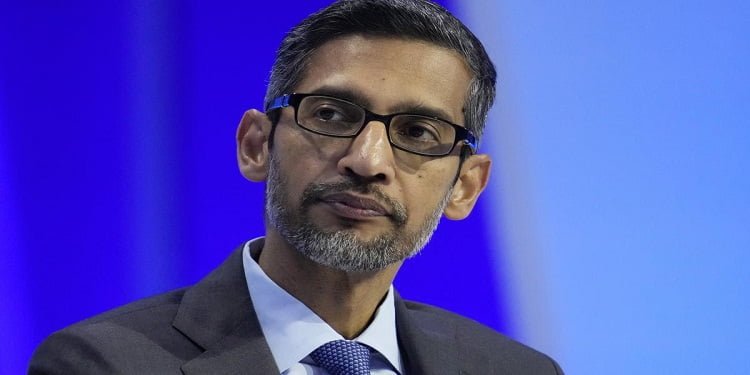Since January 10th, Google has been making headlines with its decision to lay off over a thousand employees across multiple departments. This move comes as part of the company’s efforts to invest in its big priorities for the year. In an internal memo shared with employees, CEO Sundar Pichai acknowledged the difficulty of these decisions while emphasizing the need to create capacity for future investments.
Pichai stated, “We have ambitious goals and will be investing in our big priorities this year. The reality is that to create the capacity for this investment, we have to make tough choices.” These tough choices have already resulted in layoffs and reorganizations in various teams, including hardware, ad sales, search, shopping, maps, policy, core engineering, and YouTube.
It’s important to note that these role eliminations are not on the same scale as last year’s reductions, which saw Google cutting 12,000 jobs. Pichai clarified in his memo that not every team will be affected, but acknowledged the impact on colleagues and teams. He explained that the layoffs this year are aimed at removing layers to simplify execution and drive velocity in certain areas.
Despite the current layoffs, Pichai’s memo highlighted that more “role eliminations” are expected in the future. While many of these changes have already been announced, Pichai mentioned that specific resource allocation decisions may be made throughout the year, potentially impacting certain roles.

Google’s decision to lay off employees and make further cuts reflects the company’s commitment to streamlining its operations and focusing on its key priorities. By removing layers and simplifying execution, Google aims to increase efficiency and drive progress in areas that align with its long-term goals.
It’s worth noting that these layoffs and cuts are not unique to Google. Many companies undergo similar restructuring processes to adapt to evolving market conditions and ensure sustainable growth. While these decisions may be difficult, they are often necessary for companies to remain competitive and agile in a rapidly changing business landscape.
As Google continues to navigate these changes, it’s important for employees and stakeholders to stay informed and support one another during this transition. Open communication and transparency from leadership will be crucial in maintaining trust and morale within the organization.
In conclusion, Google’s recent layoffs and the announcement of more cuts to come reflect the company’s commitment to its long-term goals and the need to create capacity for future investments. While these decisions may be challenging, they are part of a larger strategy to streamline operations and drive progress. As Google moves forward, it is essential for employees and stakeholders to stay united and adapt to the changing landscape of the company.

























